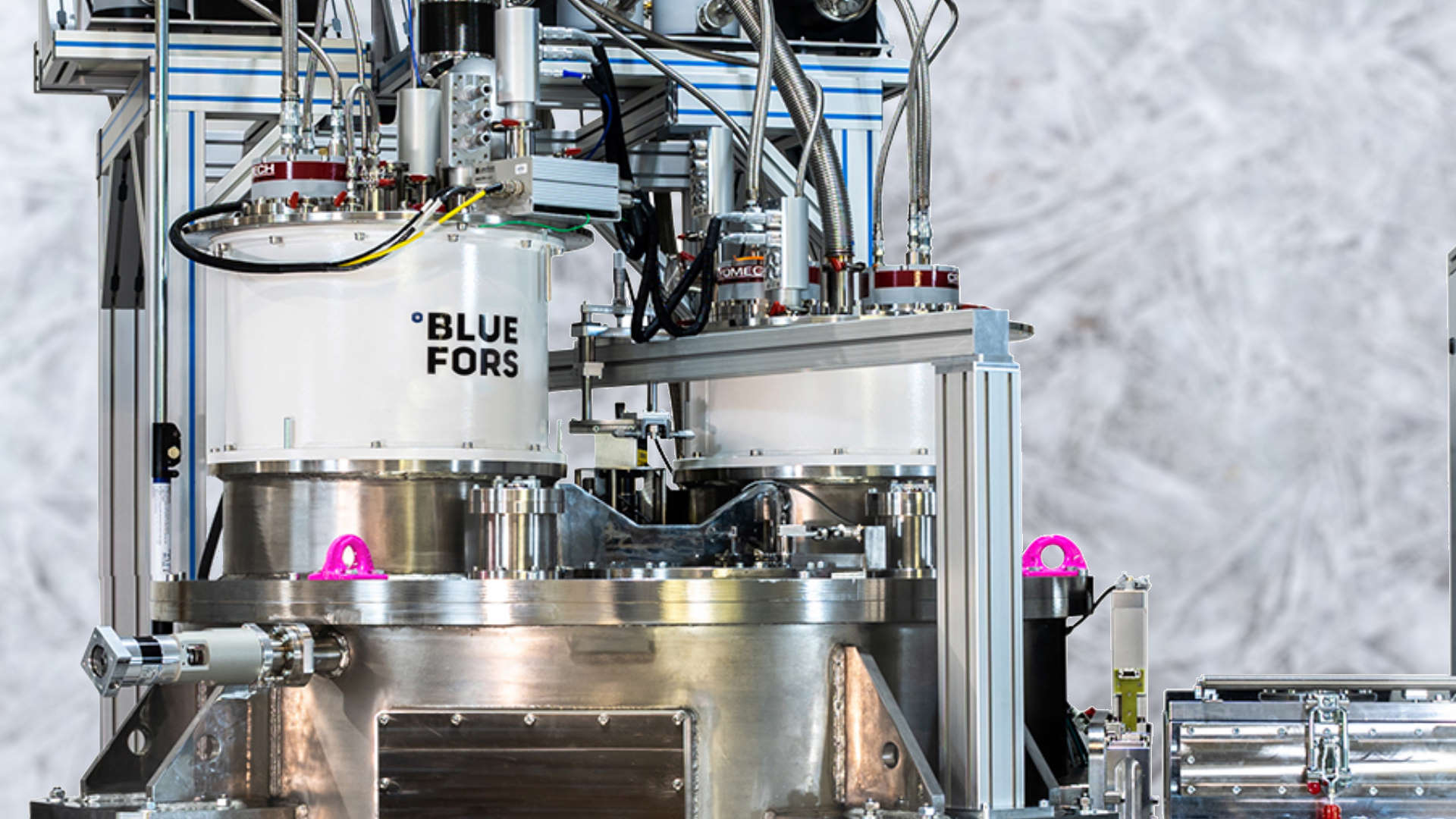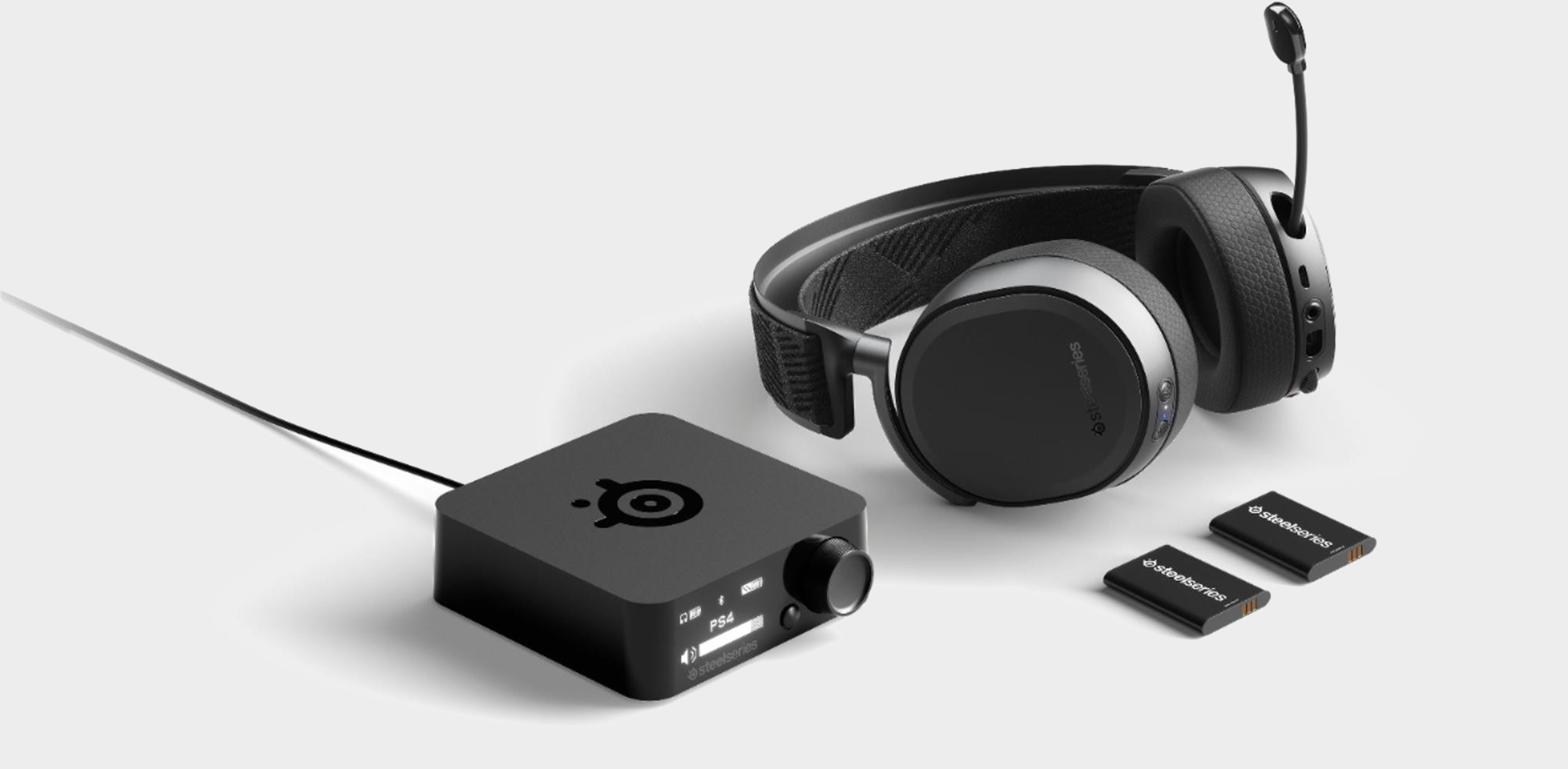Think your PC's custom cooling loop is sweet? Intel's Cryoprober gets down near -459°F
Pushing the quantum dream one step closer to reality.

Quantum computing is changing the landscape in terms of how we process data. And although we may not see the full effects for some years, we can still marvel at advancements in the field as they slingshot us into the future many of us saw painted across our childhood dreams. But there are hurdles to overcome before that future is realised—cooling being a huge one. Right now, Intel is making strides to make those dreams a reality.
Quantum computing, especially quantum computing at scale, uses a lot of processing power. And with processing power comes heat. Lots and lots of heat. If you thought it was difficult to get your CPU down to 160°F while gaming, imagine trying to cool it to absolute zero (that's -459.67°F) before it's able to do anything.
Thankfully your home setup doesn't run on superpositioned quantum bits (qubits). But quantum computers need plenty of those, all working together, to run the intense calculations they're made for. The current standard is around 65 qubits, with IBM making plans to build one containing 1000 qubits by 2023—though that sounds a bit optimistic.
In order to keep the vast quantities of qubits necessary for the future in a state of superpositioning, some ridiculous cooling solutions are necessary. Intel's Cryoprober tool is one such answer.

Best wireless gaming mouse: ideal cable-free rodents
Best wireless gaming keyboard: no wires, no worries
Best wireless gaming headset: top untethered audio
Last year, Intel's director of quantum computing Jim Clarke was involved in research that made some steps in the right direction. The papers he contributed to brought forward evidence of qubits running at 1 Kelvin. That might seem like a minuscule step up from 0 Kelvin, but it makes all the difference.
Last week, papers containing Intel's Cryoprober test results were presented for the first time, in a meeting between the American Physical Society, Intel Labs researchers, and the Components Research Group.
As an HPC Wire article explains, "the Cryoprober can plunge a 300-millimetre silicon wafer to the extraordinarily low temperature of 1.7 kelvins," noting that it's "the only tool of its kind in the world."
Keep up to date with the most important stories and the best deals, as picked by the PC Gamer team.
Ravi Pillarisetty, an Intel researcher tells HPC Wire the quantum testing process has been sped up from “a few quantum dots per week … to several hundred every day.” This is big news.
These kinds of advancements mean larger arrays of qubits will be usable in the near future, bringing us ever closer to commercial-scale quantum computing. As Anne Matsuura, director of Quantum Applications and Architecture at Intel Labs observes, this is likely to bolster the fields of health care, aiding in the design of new drugs; as well as tech, in the design of new kinds of materials and chemicals.
With Intel's Cryoprober coming along nicely, sure your cooling loop might seem meagre, but at least quantum research is getting some cold, cold love.

Having been obsessed with game mechanics, computers and graphics for three decades, Katie took Game Art and Design up to Masters level at uni and has been writing about digital games, tabletop games and gaming technology for over five years since. She can be found facilitating board game design workshops and optimising everything in her path.

